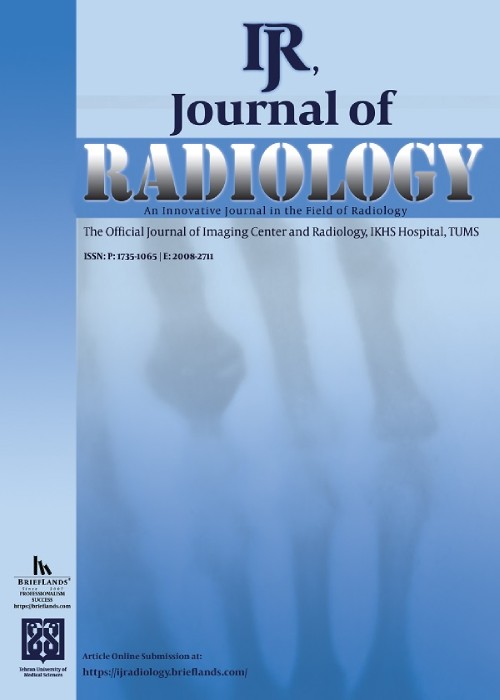Evaluation of Success Rate of Ultrasound-Guided Venous Cannulation in Patients with Difficult Venous Access
Author(s):
Abstract:
We evaluated a new ultrasound-guided approach to percutaneous cephalic vein or basilic vein cannulation in patients with difficult intravenous access.Patients who required intravenous access and were candidates for surgical approach, or central venous catheterization were enrolled into the study. They had at least three unsuccessful attempts at establishing a peripheral intravenous line. By using a 7.5-MHz ultrasound probe, the cephalic or basilic vein was identified and then cannulated with a conventional venous cannula. The time from probe placement to cannulation, the number of attempts and complications were recorded. Eighty-eight patients were enrolled; 28 (31.8%) female and 60 (68.2%) male. The intravenous (IV) drug abusers consisted of 29 patients (33%) which were all men (48% of males). The procedure was successful in 94.3% and failed in five cases (5.7%) after three attempts. The mean time of procedure was 175±153 seconds. There was a significant difference between IV drug abusers (231±203) and non IV drug abusers (149±118) regarding access time (p-value=0.012). The procedure was successful after one attempt in 61 patients (73.5%), two attempts in 20 patients (24.1%) and three attempts in two patients (2.4%). The cannula was dislodged in three cases after one hour of follow-up. No other complications happened.Ultrasound-guided cephalic and basilic vein cannulation is safe and time saving, has a high success rate in patients with difficult peripheral intravenous access, and may be used as the first step in these patients before the other more invasive alternatives.
Language:
English
Published:
Iranian Journal of Radiology, Volume:7 Issue: 2, Jun 2010
Page:
61
magiran.com/p795251
دانلود و مطالعه متن این مقاله با یکی از روشهای زیر امکان پذیر است:
اشتراک شخصی
با عضویت و پرداخت آنلاین حق اشتراک یکساله به مبلغ 1,390,000ريال میتوانید 70 عنوان مطلب دانلود کنید!
اشتراک سازمانی
به کتابخانه دانشگاه یا محل کار خود پیشنهاد کنید تا اشتراک سازمانی این پایگاه را برای دسترسی نامحدود همه کاربران به متن مطالب تهیه نمایند!
توجه!
- حق عضویت دریافتی صرف حمایت از نشریات عضو و نگهداری، تکمیل و توسعه مگیران میشود.
- پرداخت حق اشتراک و دانلود مقالات اجازه بازنشر آن در سایر رسانههای چاپی و دیجیتال را به کاربر نمیدهد.
In order to view content subscription is required
Personal subscription
Subscribe magiran.com for 70 € euros via PayPal and download 70 articles during a year.
Organization subscription
Please contact us to subscribe your university or library for unlimited access!


